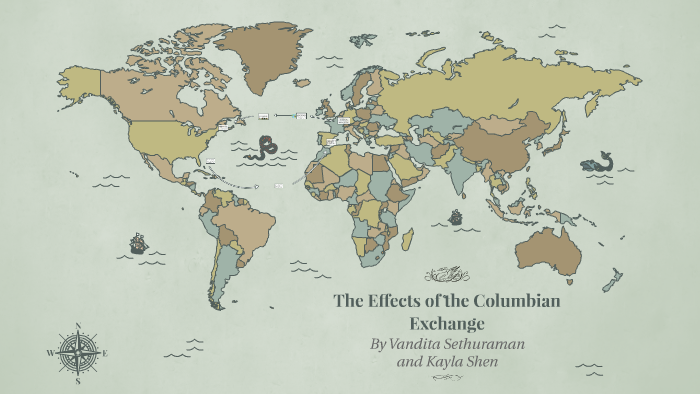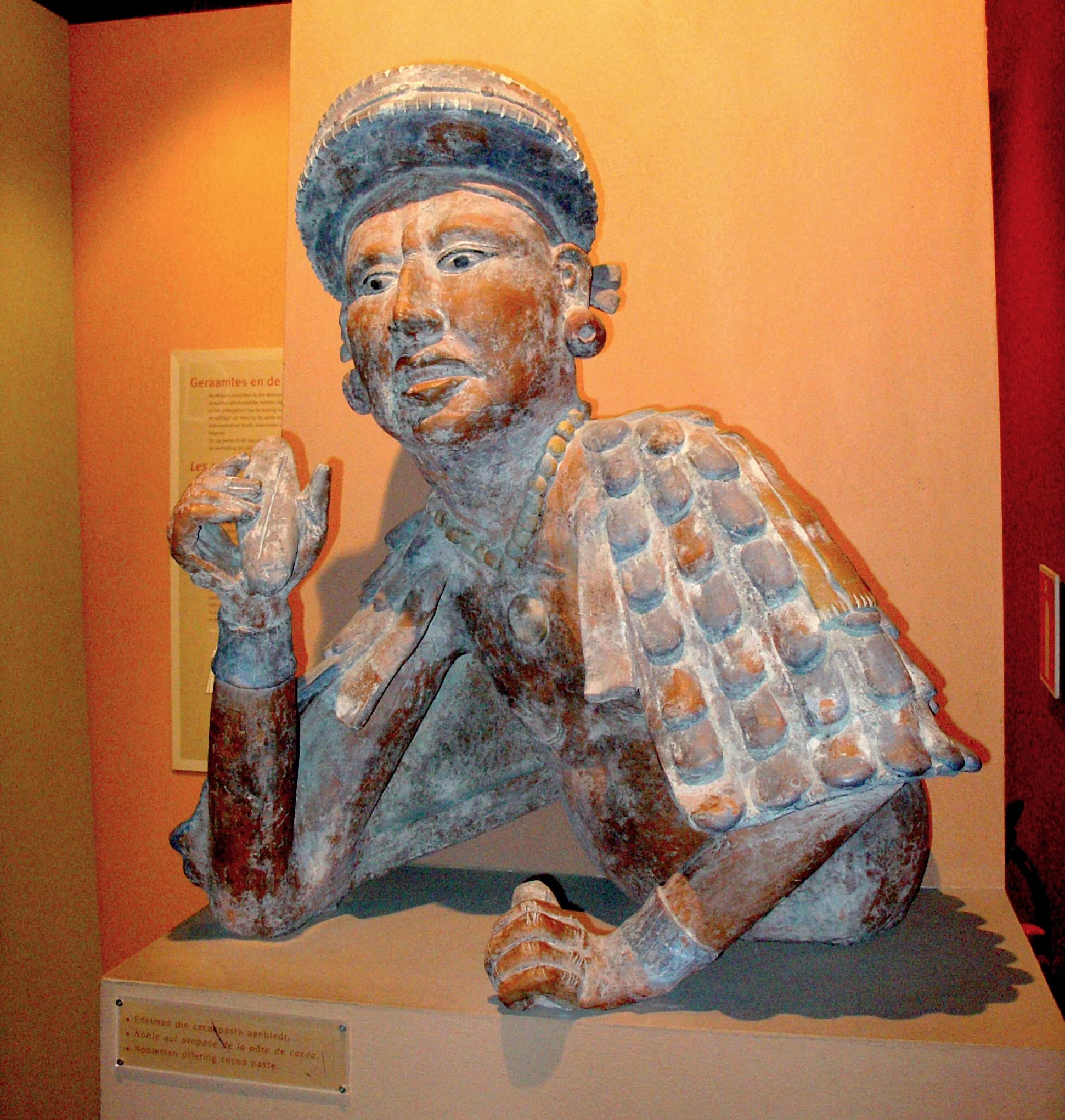What Was the Columbian Exchange? The historian Alfred Crosby first used the term “Columbian Exchange” in the 1970s to describe the massive interchange of people, animals, plants and diseases
The | PPT
May 19, 2022The Columbian Exchange is a term coined by Alfred Crosby Jr. in 1972 that is traditionally defined as the transfer of plants, animals, and diseases between the Old World of Europe and Africa and the New World of the Americas. The exchange began in the aftermath of Christopher Columbus’ voyages in 1492, later accelerating with the European colonization of the Americas.

Source Image: eightify.app
Download Image
The inter- continental transfer of plants, animals, knowledge, and technology changed the world, as communities interacted with completely new species, tools, and ideas. The Columbian Exchange marked the beginning of a period of rapid cultural change. *Infographic showing the transfer of goods and diseases from the Columbian Exchange.

Source Image: prezi.com
Download Image
Columbian Exchange Activity Christopher Columbus | 5th Louisiana Social Studies The consequences profoundly shaped world history in the ensuing centuries, most obviously in the Americas, Europe, and Africa. The phrase “the Columbian Exchange” is taken from the title of Alfred W. Crosby’s 1972 book, which divided the exchange into three categories: diseases, animals, and plants.

Source Image: slideserve.com
Download Image
What Was A Negative Effect Of The Columbian Exchange
The consequences profoundly shaped world history in the ensuing centuries, most obviously in the Americas, Europe, and Africa. The phrase “the Columbian Exchange” is taken from the title of Alfred W. Crosby’s 1972 book, which divided the exchange into three categories: diseases, animals, and plants. List of the Pros of the Columbian Exchange. 1. Columbus introduced new technologies from the Old World. Two of the most essential tools introduced to the New World from the voyages of Christopher Columbus were the compass and the navigational map. These devices helped him find the quickest possible routes when visiting locations away from home.
PPT – Columbian Exchange PowerPoint Presentation, free download – ID:3117236
One significant negative impact of the Columbian Exchange was the introduction of deadly Old World diseases to the Americas. Within a few generations, the native populations of the New World were Pre-Columbian cuisine – Wikipedia

Source Image: en.wikipedia.org
Download Image
Colonization Of The New Continent | PDF One significant negative impact of the Columbian Exchange was the introduction of deadly Old World diseases to the Americas. Within a few generations, the native populations of the New World were

Source Image: slideshare.net
Download Image
The | PPT What Was the Columbian Exchange? The historian Alfred Crosby first used the term “Columbian Exchange” in the 1970s to describe the massive interchange of people, animals, plants and diseases

Source Image: slideshare.net
Download Image
Columbian Exchange Activity Christopher Columbus | 5th Louisiana Social Studies The inter- continental transfer of plants, animals, knowledge, and technology changed the world, as communities interacted with completely new species, tools, and ideas. The Columbian Exchange marked the beginning of a period of rapid cultural change. *Infographic showing the transfer of goods and diseases from the Columbian Exchange.

Source Image: teacherspayteachers.com
Download Image
What was the Columbian Exchange? – ppt download The spread of a disease to a large group of people within a population in a short period of time. An economic theory that was designed to maximize trade for a nation and especially maximize the amount of gold and silver a country had. The process by which commodities (horses, tomatoes, sugar, etc.), people, and diseases crossed the Atlantic.

Source Image: slideplayer.com
Download Image
Close Reading: Nonfiction | Teaching in Room 6 The consequences profoundly shaped world history in the ensuing centuries, most obviously in the Americas, Europe, and Africa. The phrase “the Columbian Exchange” is taken from the title of Alfred W. Crosby’s 1972 book, which divided the exchange into three categories: diseases, animals, and plants.
Source Image: teachinginroom6.com
Download Image
Group 4) What is the Columbian Exchange? – Age of Exploration List of the Pros of the Columbian Exchange. 1. Columbus introduced new technologies from the Old World. Two of the most essential tools introduced to the New World from the voyages of Christopher Columbus were the compass and the navigational map. These devices helped him find the quickest possible routes when visiting locations away from home.

Source Image: ageofexplorationweb.wordpress.com
Download Image
Colonization Of The New Continent | PDF
Group 4) What is the Columbian Exchange? – Age of Exploration May 19, 2022The Columbian Exchange is a term coined by Alfred Crosby Jr. in 1972 that is traditionally defined as the transfer of plants, animals, and diseases between the Old World of Europe and Africa and the New World of the Americas. The exchange began in the aftermath of Christopher Columbus’ voyages in 1492, later accelerating with the European colonization of the Americas.
Columbian Exchange Activity Christopher Columbus | 5th Louisiana Social Studies Close Reading: Nonfiction | Teaching in Room 6 The spread of a disease to a large group of people within a population in a short period of time. An economic theory that was designed to maximize trade for a nation and especially maximize the amount of gold and silver a country had. The process by which commodities (horses, tomatoes, sugar, etc.), people, and diseases crossed the Atlantic.